There’s something appealing about plug-in hybrids. I was able to pootle around Dundee completely silently in the Ford Kuga PHEV, running in fully electric mode.
When I needed to make a trip to Kirkcaldy and then on to Stirling and back home, I could rely on its petrol engine to do a long drive without having to worry about finding a charger that works.
I’ve been a fan of the Kuga since it was launched way back in 2008. It’s always been comfortable, spacious, and one of the more car-like SUVs to drive.
Ford recently updated the current generation Kuga, giving it some styling tweaks and a better infotainment system.
Ford also ditched the diesel version of the car. It is now available only with petrol, hybrid, or plug-in hybrid powertrains.
I spent a week with the plug-in hybrid (PHEV) version of the car in high spec Active trim. It pairs a 2.5 litre petrol engine with a 14.4kW battery (similar sized fully electric cars tend to have 70-80kWh batteries).
How far can the Kuga PHEV go on a full battery?
How far will that get you? According to the official measurements, a full battery will get you a maximum of 42 miles and Ford say to expect around 30 miles in real-world driving.
I drove to Camperdown with a completely flat battery and plugged into the slow charger there. After walking the dogs for 45 minutes the battery was reading nine miles of range (at a cost of £1.98).
That claimed nine miles translated into five miles before the battery was dead again. It was a frigid November day, however, and I had the heater, heated seat, and heated steering wheel on. In summertime I would expect the range reading to be accurate.
If you fully charge the battery you can probably expect 20 miles of range in the winter and 30 in the summer. Electric cars are more efficient at lower speeds so you’ll go farther around town than you will on the motorway.
Even with the battery dead for much of the time I had the car, its efficiency was pretty good. I averaged around 50mpg during my week with it.
How does the Ford Kuga drive?
It’s a very pleasant car to drive. The petrol engine and electric motor generate a combined 240bhp, which translates to a 0-62mph time of 7.3 seconds.
Those lamenting the fact that Ford will soon stop making the excellent Focus should try the Kuga.
It’s similarly easy to drive, with tidy, agile handling that doesn’t feel at all like an SUV. Ride quality and refinement are also very good.
A reasonably high driving position gives a good view of the road and the Kuga’s cabin is a pleasant place to be.
One of the best updates in the recent facelift was ditching the old 8.0in touchscreen for a much sharper 12.3in one. Not only is it clearer, it’s much more responsive, and smartphone integration comes as standard.
Not as welcome are touch-sensitive heating controls which are more difficult to adjust while driving than the physical buttons in the old car. Hopefully manufacturers will soon stop modelling cars’ controls on mobile phones.
There is enough space in the rear for two full sized adults. You could squeeze three in but shoulder room might be a little tight.
Cleverly, the Kuga has sliding rear seats that can be adjusted to increase passenger legroom or maximise boot space.
With the seats fully forwards there’s a capacious 533 litres of space in the boot, with that dropping to 412 litres if you slide them right back. A space under the floor stows the charging cables in PHEV versions.
How much does the Ford Kuga cost?
The Kuga is sensibly priced, with entry level models starting at around £32,000 and the PHEV version costing from £40,000, excluding options.
All Kugas are decently equipped, with entry models getting cruise control, a rear view camera, front and rear parking sensors, and a leather trimmed steering wheel. All versions also get Ford’s excellent heated windscreen, which defrosts the car in seconds and really comes into its own at this time of year.
My Active model was the second top trim level and had a 360 degree birds eye camera, electrically adjustable front seats, and a powered tailgate.
Optional extras on my test car included a panoramic glass roof, a winter pack with heated front and rear seats and heated steering wheel, and a retractable electric tow bar.
The family SUV market is one of the most competitive sectors and there are loads of talented cars. The Mazda MX-5 is excellent, as is the Kia Sportage, and the Skoda Kodiaq offers enormous amounts of space.
Its good looks, strong economy, car-like driving dynamics, and updated infotainment system keep the Ford Kuga very competitive in such a talented corner of the car market.
Ford Kuga PHEV Review: Facts –
Price: £40,955
0-62mph: 7.3 seconds
Top speed: 125mph
Economy: 50.4mpg
CO2 emissions: 128g/km
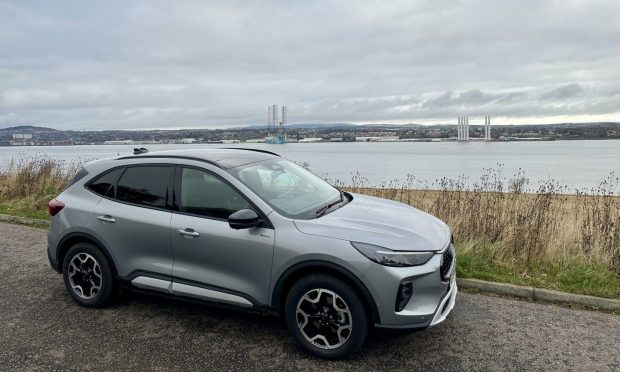
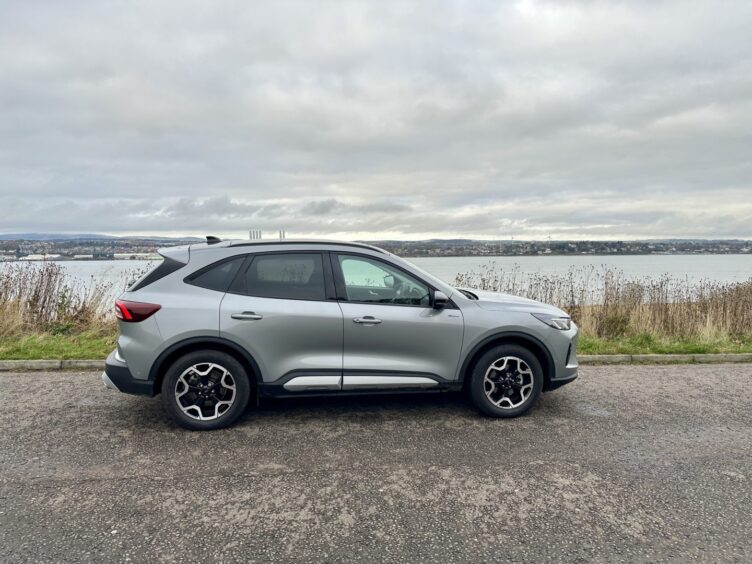
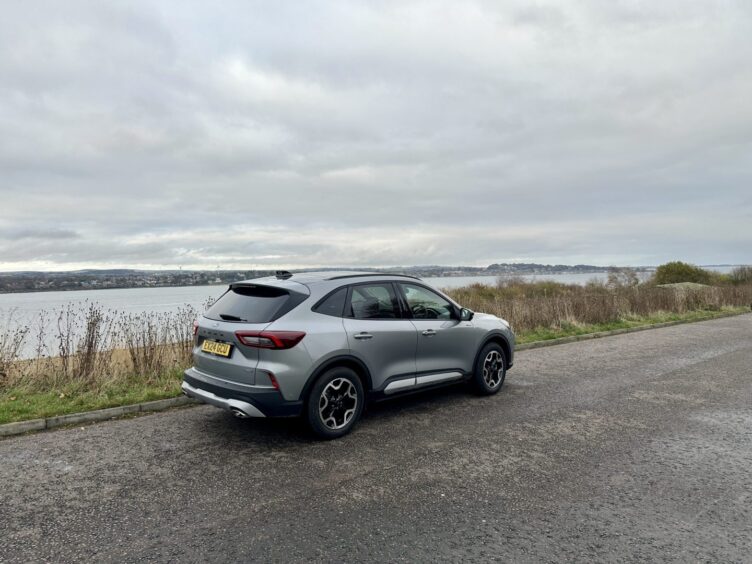
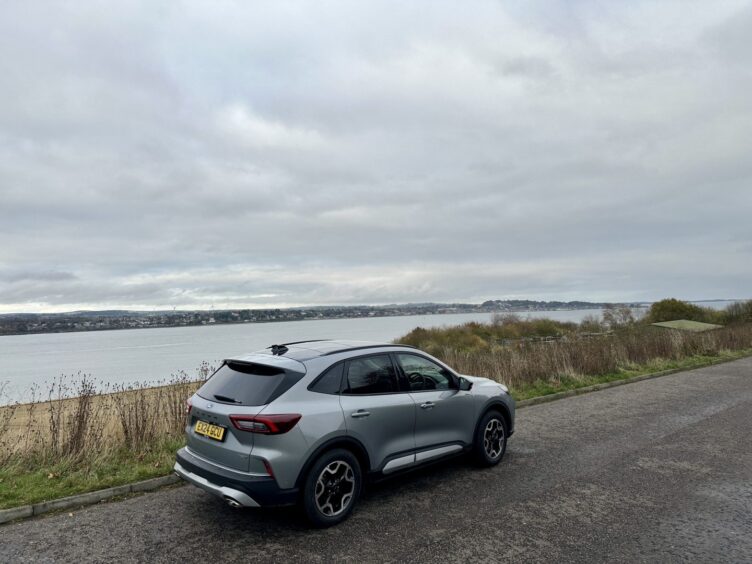
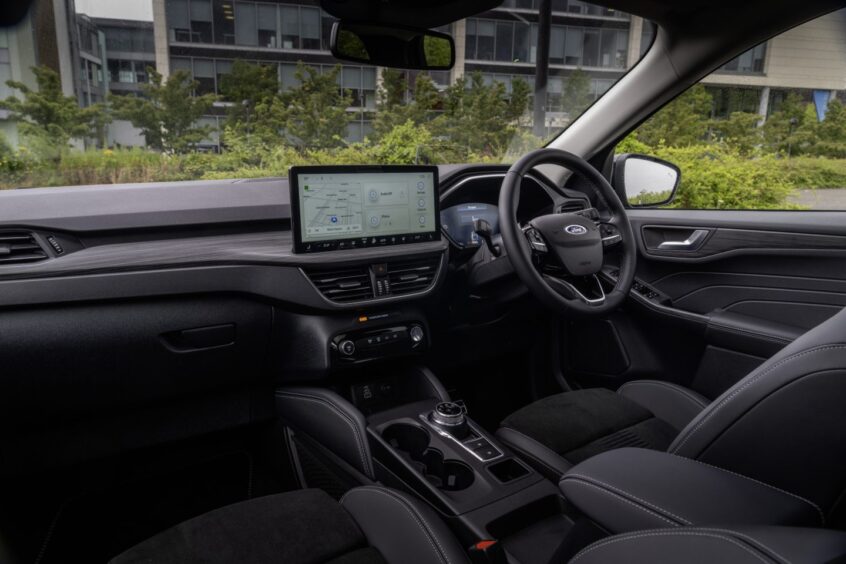
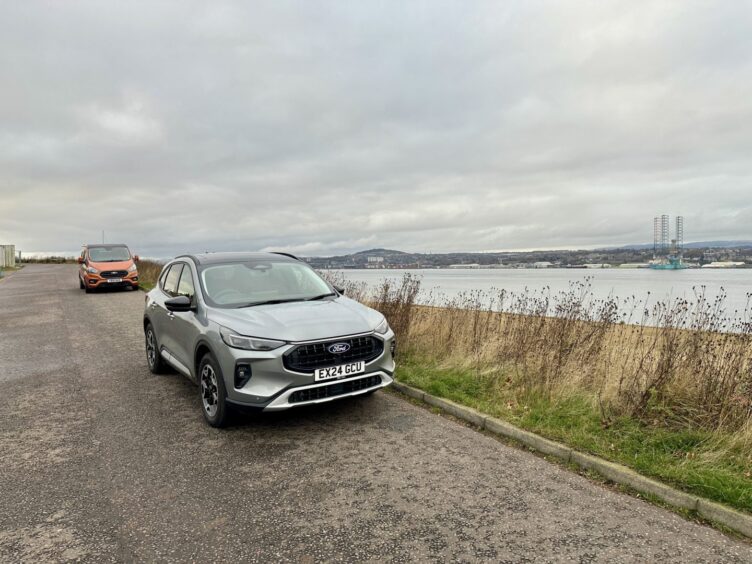
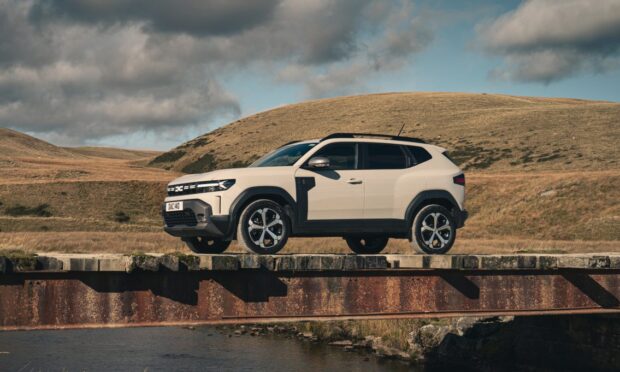
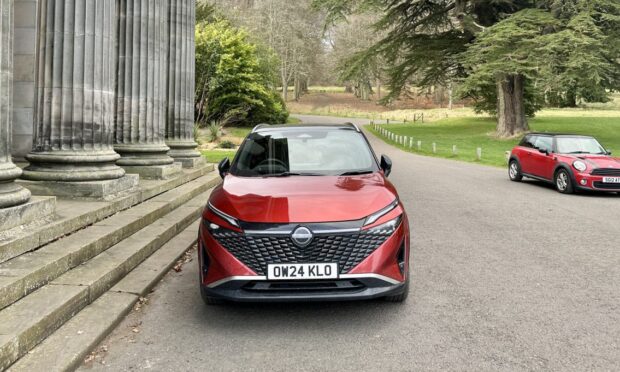
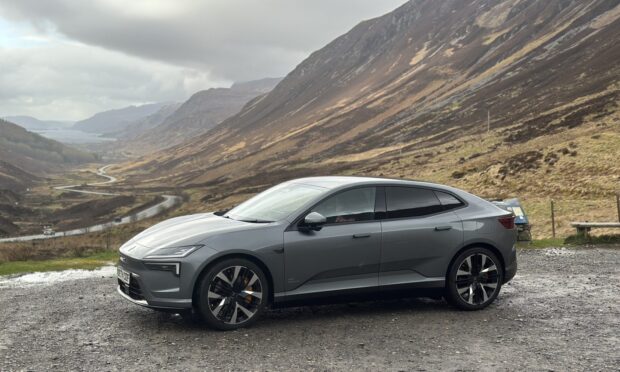
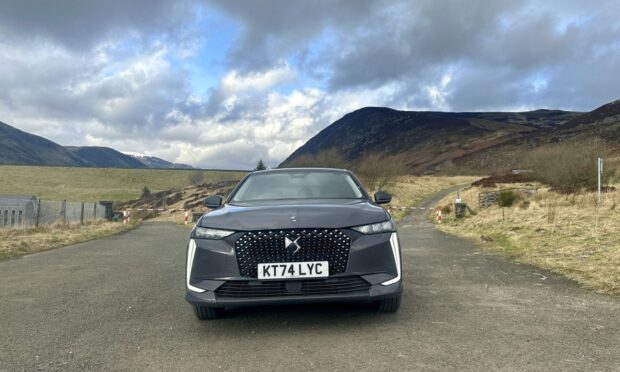

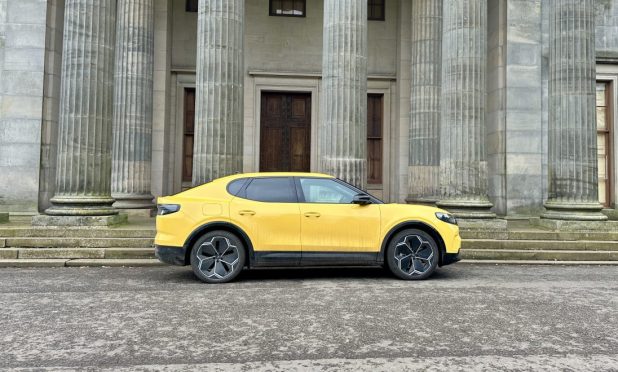


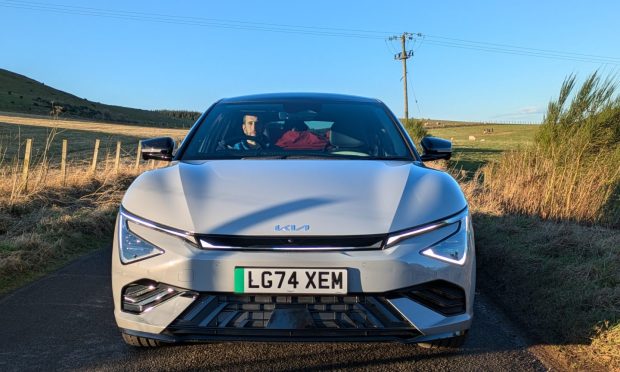
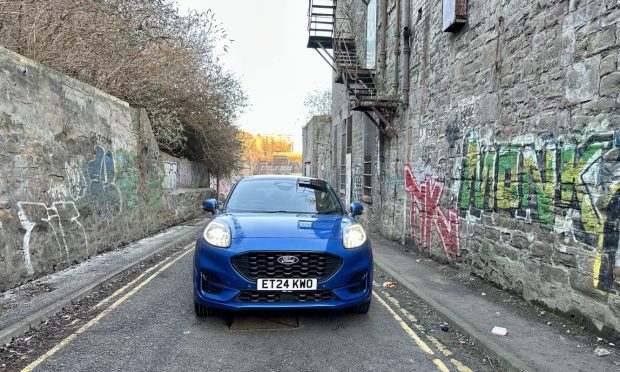
Conversation